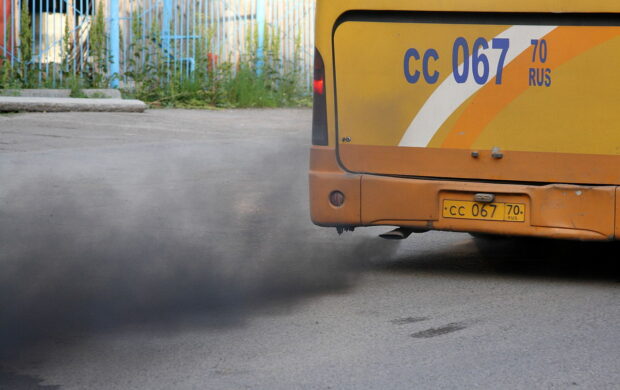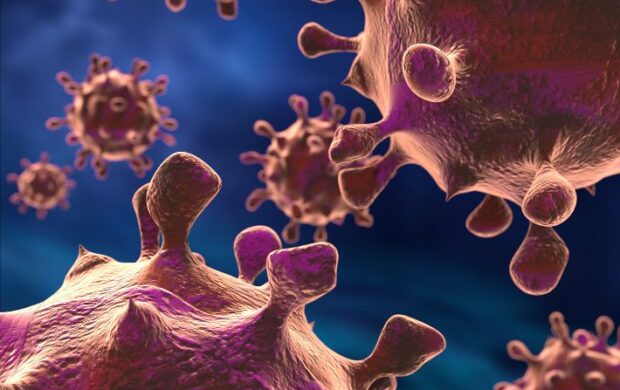‘What the eye doesn’t see, the heart doesn’t grieve over’, or so the saying goes. But it’s not a phrase that holds up in a world of pervasive air pollution.
Particle pollution, more specifically, is a term that describes the mixture of liquid and solid droplets in our air. There are a variety of substances that fit under this term, some of the most common being pollen, metals, soot, and organic compounds. We are breathing in particles every second, whether they are visible or not. The smaller the particles are, the more risk they present for our bodies.
News stories of illness related to particle pollution are on a steep incline, from asthma in children living in cities to recognition of the correlation between pollution and Alzheimer’s. Pollution particles have even been found in women’s placenta. How much further might this issue reach, and is anything being done to address it?
Signal 1: 91% of global population breathes dirty air
The WHO says 91% of the world population breathing polluted air
According to the World Health Organization (WHO), in 2016, 91% of the world’s population lived in places which did not meet WHO air quality guidelines. These air quality guidelines assess the health effects of air pollution and thresholds for health-harmful pollution levels. Above 2.5PM per cubic meter is shown to significantly increase likelihood of stroke, heart disease, lung cancer and both chronic and acute respiratory disease.
This means that more than nine people in ten are already being exposed to a variety of different pollutants. With dangerous particles flowing freely through our air, it is hard to know how severely different populations are affected, and identify the precise sources of pollution.
Particle pollution occurs year-round, but is especially prevalent in the summer months. In part this is owing to the increased amount of construction and home improvement projects that occur. When surfaces of buildings and homes are drilled or sanded, it releases additional particles into the air. This becomes a major concern, especially when building materials contain toxic substances. While construction regulations have improved, homes and buildings built before 1980 have a high probability of containing asbestos and lead, which can both produce dangerous particles that go unnoticed.
Signal 2: Trump becomes face of Russian asbestos
Asbestos can do serious damage to our bodies. Its microscopic particles can become lodged in the lining of our lungs, heart, or abdomen. As time progresses, these asbestos particles can trigger the development of fatal disease, such as pleural mesothelioma.
Under the Trump administration, the EPA has proposed a Significant New Use Rule (SNUR) that has the potential to allow asbestos back into manufacturing at higher levels than the 1% currently allowed. This is especially concerning because asbestos is the only known cause of mesothelioma – a type of lung cancer. Instead of taking a step forward in getting this deadly carcinogen completely banned, it seems that the administration is taking a step back, forgetting about the 12,000-15,000 lives lost per year in the US.
Donald Trump has voiced strong opinions on asbestos in the past, and believes that the mineral should have never been strictly regulated in the first place. With his known support of the substance, Russian asbestos manufacturer Uralasbest has gone as far as plastering his face on the packaging of their product. This is another signal that regulations around dangerous products are heading in the wrong direction. With politics dictating what substances get reviewed, it seems like asbestos is going to stick around, making particle pollution as concerning as ever.
Signal 3: Air pollution linked to dementia
A study conducted by scientists in London has found a link between dementia and exposure to nitrogen dioxide. Dementia is a general term describing the demise of memory and mental skills that may inhibit someone from performing everyday tasks. The study found that the risk of developing dementia was as high as 40% in areas with an overabundance of air pollution. The symptoms of dementia can take 20 years to develop, so it is difficult to understand just how much exposure will have a significant effect. Moreover, a study in China found that exposure to air pollution could also lead to a reduction in intelligence amounting to up to a year of schooling.
Signal 4: Particle pollution found to harm fetuses
A recent study in London found that five participants, all of whom were pregnant women, had inhaled air pollution which directly had an effect on the placenta. The scientists working on this study believe that the sooty particles found in the placenta could have adverse effects on the health of the fetus. This new study has led to calls for further research in order to better understand the correlation between the health of the mother, and how particle pollution affects a fetus that is supposedly “protected” by the womb.
Signal 5: Wildfires projected to increase in North America
Study finds that North American wildfires likely to increase in severity
This year, California was in smog violation for 87 days in a row, after the largest fire in state history. This resulted in the longest stint of smog pollution in this area in 20 years, potentially harming thousands of people – and in particular those with pre-existing conditions, such as asthma.
With climate temperatures rising and land drying out, the effects of climate change are heightening the susceptibility of various places to wildfires. Even moderate greenhouse gas emission projections suggest that by mid-century the total areas burned by wildfires is expected to increase of five times or more compared to the end of the 20th century.
What does the future hold?
It is important that every person is aware of the causes and effects of particle pollution, in order that we all can make informed decisions to protect our own health, and the health of our families. Despite these signals pointing towards a dark and polluted air-quality future, there are also beacons of hope showing a pull in the other direction. From cities cracking down on diesel and banning fossil burning cars to fossil fuel divestment growing by 120 times in the last four years, a more positive picture can be painted. Green building alternatives are making huge strides in the construction space, and these materials will hopefully phase out their toxic counterparts used in the past. As we become more knowledgeable about how we can protect human health, we can hope that we will be in a better position to control it.








Join discussion